Aug. 9, 2024: The Eastern Willet, a larger migratory shorebird, gets its name from its distinctive call. The bird’s loud, piercing call is often heard during their breeding season, particularly when the birds are defending their territory or communicating with mates. It has mottled gray-brown upperparts. This Willet was recently seen on a jetty by Salt Pond along Surf Drive.
At the end of the breeding season for Eastern Willets (Tringa semipalmata) in Falmouth, several activities and behaviors become evident as these shorebirds prepare for their southward migration. Here’s a description of what typically occurs:
1. Fledging of Chicks: By late summer, Eastern Willet chicks, which hatched earlier in the season, are fully fledged and capable of flight. The adult birds continue to care for their young, teaching them essential survival skills such as foraging and avoiding predators.
2. Feeding and Foraging: Both adults and juveniles increase their feeding activities to build up fat reserves necessary for migration. They forage in marshes, mudflats, and shallow coastal waters, feeding on small fish, crustaceans, insects, and other invertebrates.
3. Molting: Eastern Willets undergo a molt after the breeding season. Adults replace their worn breeding feathers with fresh ones, which is crucial for the upcoming migration. This molting process can make the birds more vulnerable to predators, as they might not be able to fly as efficiently during this time.
4. Social Behavior and Roosting: As the season progresses, Willets become more social, often seen in small flocks rather than the more territorial behavior exhibited during breeding. They gather in communal roosting sites, which provides safety in numbers from predators.
5. Migration Preparation: Eastern Willets begin their southward migration from late summer to early fall. They travel to their wintering grounds in the southern United States, the Caribbean, Central America, and northern South America. Migration is usually undertaken in stages, with birds stopping at key staging areas along the way to rest and refuel.
6. Departure: The actual departure of Willets from Falmouth occurs gradually, with some birds leaving as early as late July and others staying until September. The timing can vary based on individual conditions and environmental factors.
Observing these activities provides valuable insights into the life cycle of Eastern Willets and highlights the importance of Falmouth’s’s coastal habitats for supporting their breeding and migratory needs.

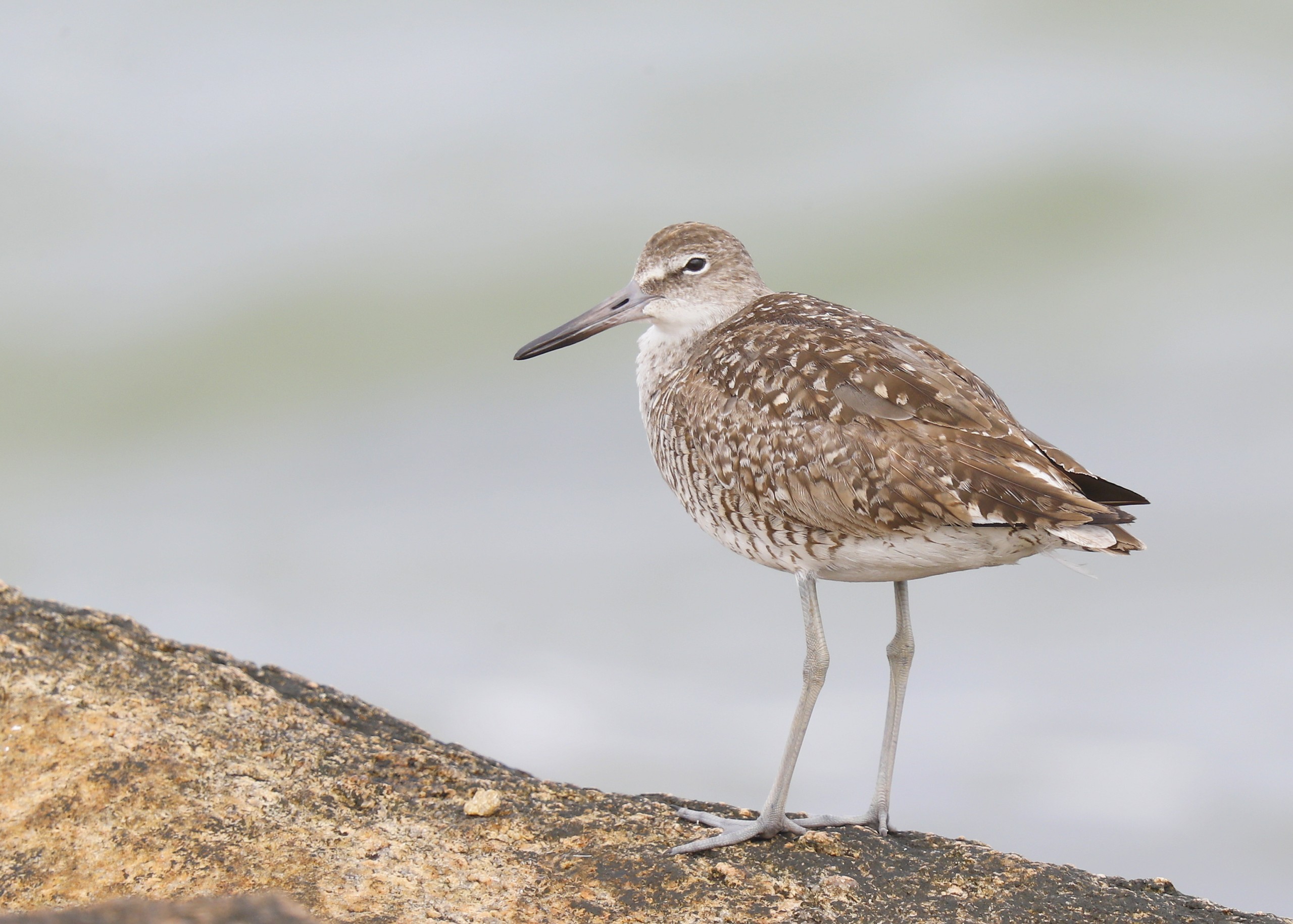
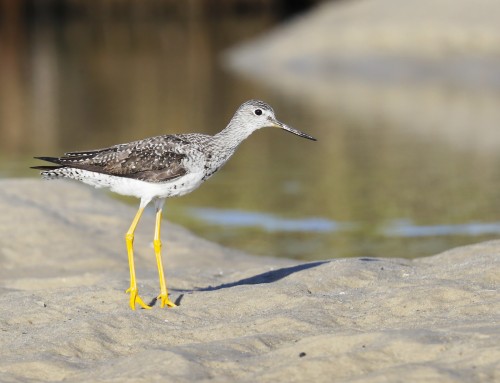
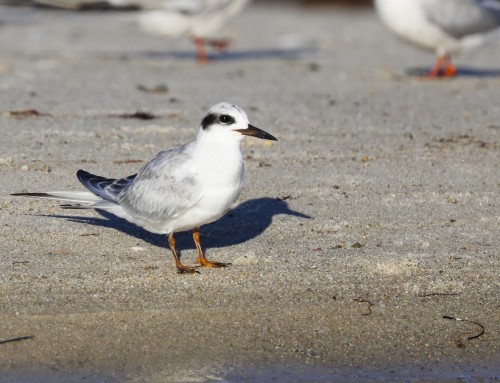
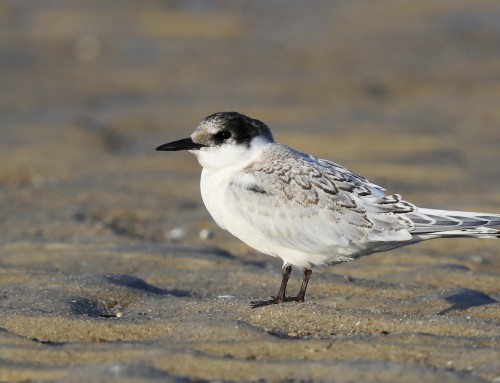
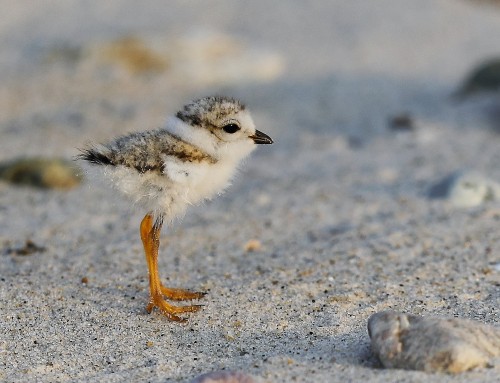
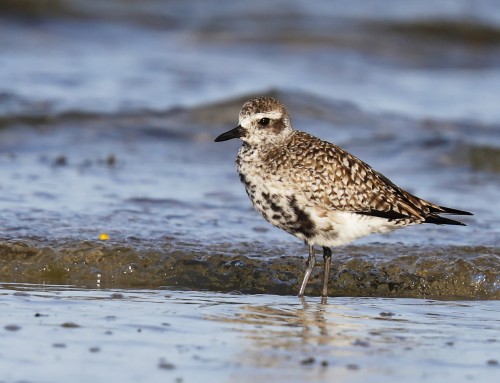
Leave A Comment
You must be logged in to post a comment.